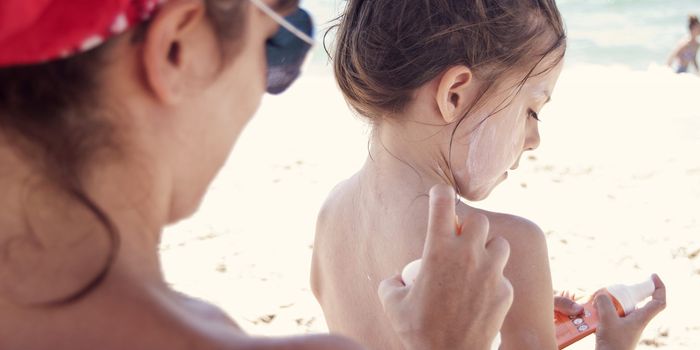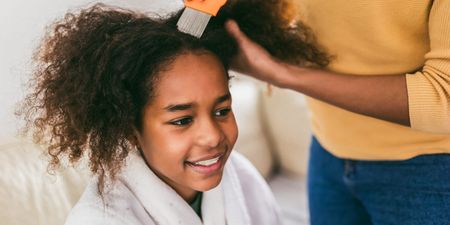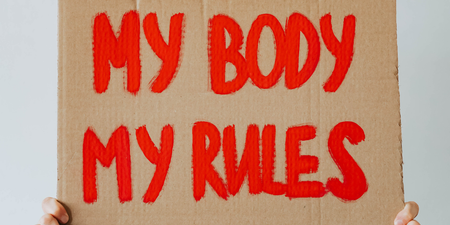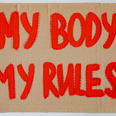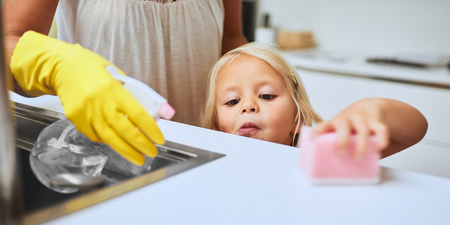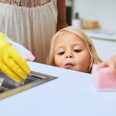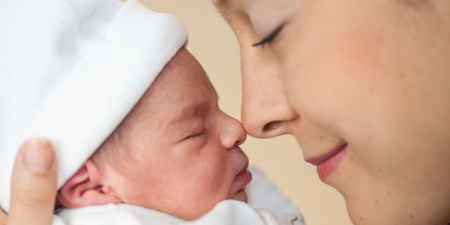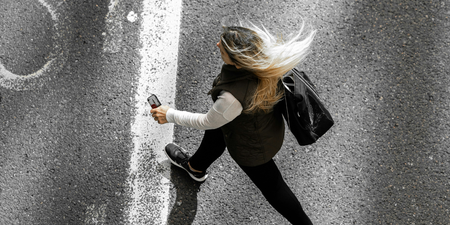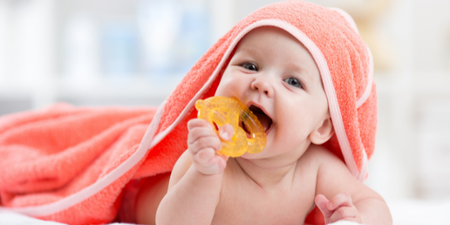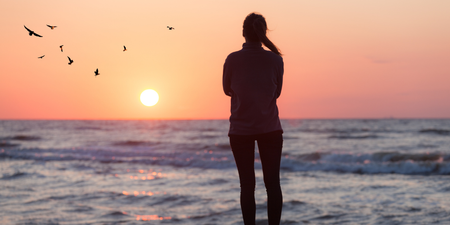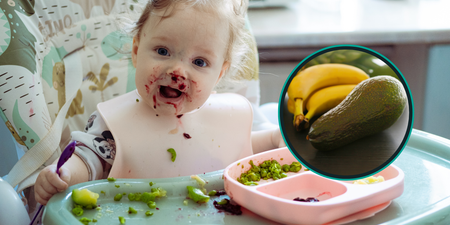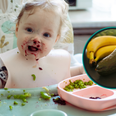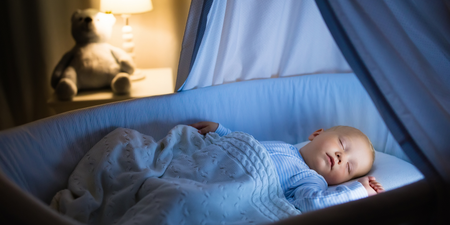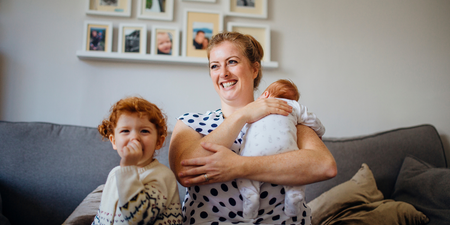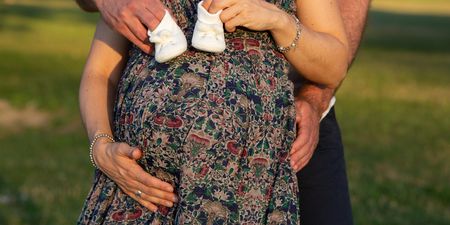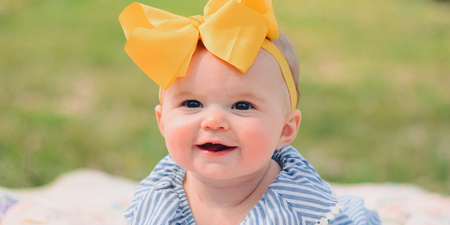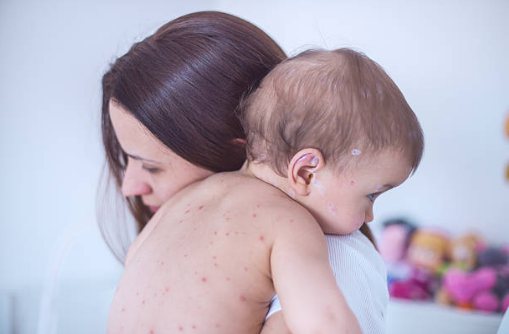August is here, and many of us are heading off on staycations across the country.
Most of us are aware of the importance to protect our children’s skin from the sun when we are away somewhere hot, but really, being sun smart applies even when we are staycationing at home, on our own beaches and in our own parks.
We recently sat down with Dr Miriam Fitzgerald, Consultant Dermatologist at the Beacon Hospital, to talk all things children and sun safety. Here is what she had to say:
What is the difference between UVA and UVB?
UVA and UVB are both forms of ‘ultraviolet radiation’ and are emitted by the sun and fabricated devices such as sunbeds. Both can be very harmful to skin for a number of reasons. Most notably, they can cause skin cancers (including Melanoma, Squamous Cell Carcinoma and Basal Cell Carcinoma), which if left untreated could spread beyond the skin to other parts of the body.
UVB in particular also causes sunburn, which we now know even at a young age can lead to an increased cancer risk later in life. UVA also plays a role in skin cancer, however, as it passes through deeper layers of the skin, it can prematurely age the skin – this is why people who have used sun protection from a young age usually have younger, plumper, blemish-free, healthier-looking skin.
Interestingly, UVA can pass through glass, in our homes and cars, so protecting our skin from UV on a daily basis whether working indoors or outdoors is really important.
What should you look for in a sunscreen for kids?
We should all be mindful of practising sun protection habits and setting a good example for the next generation. Children are so impressionable that if at a young age, parents have already instilled a regular and routine regime of UV protective practices, it is more likely that they will continue to be mindful of the harmful effects of UV throughout life and thus as a result reduce the risk of later developing skin cancers.
Sunscreen is not the only way we can protect our children’s skin, but it is a brilliant place to start. So, what should we look for in a sunscreen for kids? In real terms, the answer is – one they will wear! From a Dermatology point of view, I suggest using a broad-spectrum, water-resistant sunscreen with a minimum sun protection factor (SPF) of 50 and UVA protection.
What does that mean? Well, SPF relates to the degree of UVB protection, and UVA shielding if not clearly written on the bottle with a circle around it can also be annotated by a star rating system, depending on the brand. When, how much and how frequently sunscreen should be applied is extremely important. At a minimum, it should be applied 20 minutes prior to sun exposure and at least every 2 hours, and of course more frequently if your child is in and out of water.
What is the difference between SPF 30 and 50?
As previously mentioned, SPF relates to the degree of UVB protection a sunscreen provides. The higher the SPF, the better (in general). The number relates scientifically to a calculation of time taken for sun-exposed skin to burn if it had no sunscreen versus if it was protected with sunscreen.
For children, an SPF of less than 50 should not be considered, as in real terms, and as studies have repeatedly shown, skin only gets half the ‘assumed’ protection – i.e. despite us applying SPF 50, it will often only provide protection of an SPF 25, similarly, if SPF 30 is applied, realistically it is thought to provide real-time protection of an SPF 15.
What should you avoid (in terms of children and the sun)?
Sunscreen alone is not effective – other measures should be applied including the wearing of protective clothing (wide-brimmed hat, long sleeves, rash vest etc if swimming, UV protective sunglasses) and limiting sun exposure by seeking shade between the hours of 10 am-4 pm. Remember, children can still get sunburned on a cloudy day.
These simple measures are even more vital if your child is on medication (e.g. for an infection), some of which can make skin more sensitive to light and lead to rapid skin burning. Seeking shade and wearing protective clothing is particularly important for babies and toddlers, whose skin may be too sensitive for sunscreen. It is worth remembering that practising sun-protective techniques regularly at home in Ireland is just as important as putting them into practice when abroad in sunnier climates.
What about beach clothing with ‘built-in’ SPF? Does it work?
Specialised sun protective clothing is made from UV protective fabric which itself must achieve a rating of a certain UPF or ‘ultraviolet protection factor’ and comply with multiple standards. Whether its use is superior to wearing cheaper and more widely available ‘sun-safe clothing’ remains to be seen.
More accessible and less costly measures include considering more densely woven fabrics (e.g. denim, canvas or synthetic fibres), unbleached cotton (contains natural UV absorbing substances), satin-finish silks (can reflect radiation) and loose-fitting styles (stretching can reduce the level of protection). And remember, less protection will be provided by wet clothes.
Following these simple measures and combining them with other the sun safe practices discussed above is likely to be just as, if not more effective, than spending lots of money on specialised garments.
